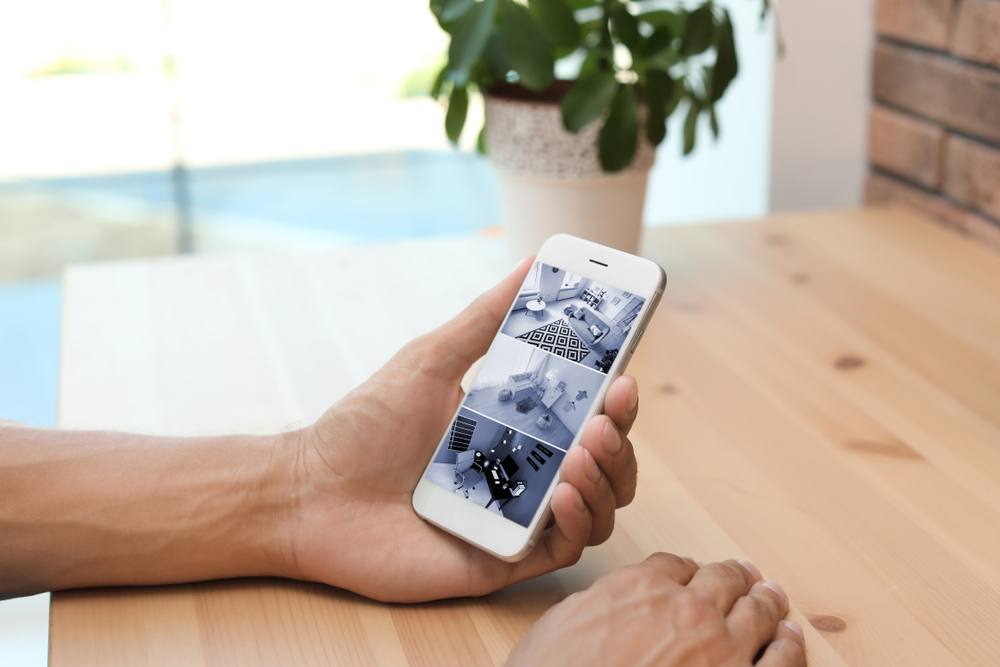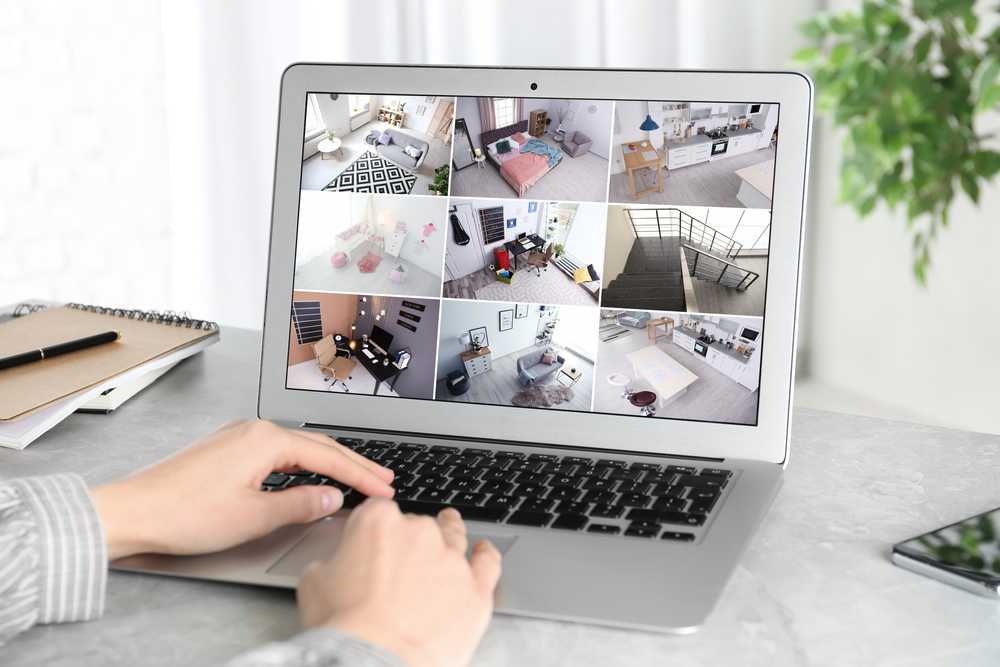Fisheye dewarping with no need to install an app: this solution works directly with the WebGL API and on popular browsers for computers and mobile devices, as long as they support HTML5.
Convenience and ease-of-use should be watchwords for the development of all products, yet many of them stumble right out of the blocks by requiring users to download a management app. It becomes another hassle to deal with: to remember how it works, to keep it updated, and to worry about another portal for security breaches. We just want to use the product. Support software should therefore be as close to as invisible as possible. Immervision showed the right way to do it, in a recent release of the company’s video distortion correction software.
 Figure 1: Dewarping on your mobile device via a HTML5 browser (source: CEVA)
Figure 1: Dewarping on your mobile device via a HTML5 browser (source: CEVA)
The importance of dewarping
Immervision is already popular for its video distortion correction solutions, widely used to correct images from the wide-angle and ultra-wide-angle cameras used in surveillance, factory, retail and home security products. The advantages are obvious. You can have one camera covering all of a store, or your front porch and all of your front yard. But that fisheye or ultra-wide-angle lens produces highly distorted images which must be corrected through a process known as dewarping.
The video surveillance market is doing very well. According to one analyst firm, it is expected grow from $45B in 2020 to $75B in 2025 with a CAGR of 10.4%. The analysts cite increasing concerns over public safety and security, which are especially true for surveillance around infrastructure such as transportation, critical city infrastructure, public places and utilities. These are applications where, given the large scale of likely deployments, the need for zero friction between install and use is absolutely paramount. Hence dewarping support, essential to reviewing the raw images, must be transparently easy to access and use.
The Immervision solution
Immervision has made this all “just work” through a WebGL API connection in HTML5. A wide variety of browsers already support this API. JavaScript, for example, interfaces to an OpenGL core which can run on the host GPU. Now as a user, all you have to do to view dewarped images on your desktop or phone is to download their code to your browser and start viewing; on whatever device and in whatever browser you want to use. What’s more, the dewarping is running on your device, not on the server. You’re therefore not impacted by server access latencies, and the server can therefore handle more clients.
 Figure 2: Dewarping on your laptop via HTML5 browser (source: CEVA)
Figure 2: Dewarping on your laptop via HTML5 browser (source: CEVA)
And there’s more
Immervision has made this all work through a WebGL API connection in HTML5. A wide variety of browsers, for desktop and mobile platforms, already support this standard, which means you can see your video doorbell view from anywhere. And you can zoom in (and dewarp) selectively. No one at the front door? What’s that moving around on the lawn…the neighbor’s dog? Better talk to the neighbor later…
The solution also supports image stabilization, which can be helpful if you’re using a body camera, or if the camera is mounted on a a drone or any other moving platform.
CEVA and Immervision
CEVA and Immervision have a strategic partnership under which CEVA has exclusive licensing rights to distribute Immervision products. If you’re interested in learning more about this HTML5-based dewarping platform, or you want to learn more about our imaging and computer vision IP solutions, reach out. We’ll be happy to discuss potential implementations.
Ben Weiss
Vision Expert, Customer Solutions, CEVA

